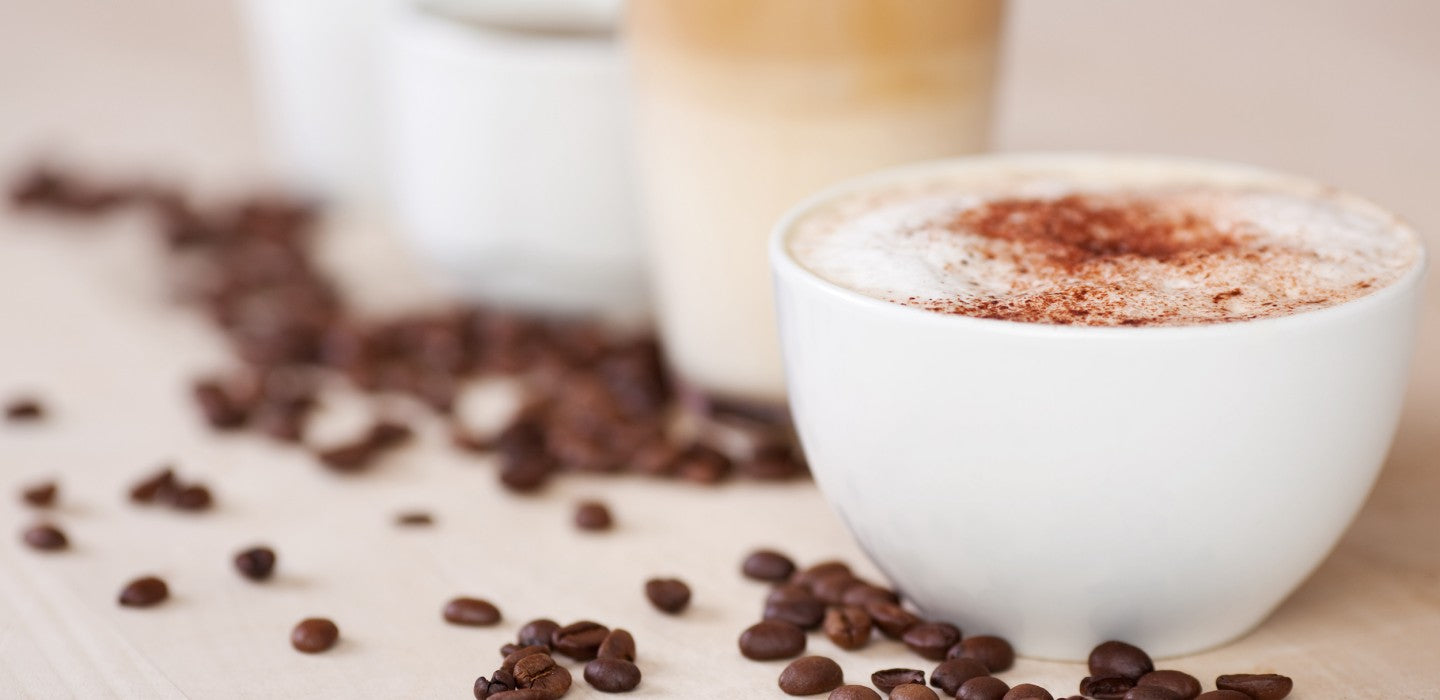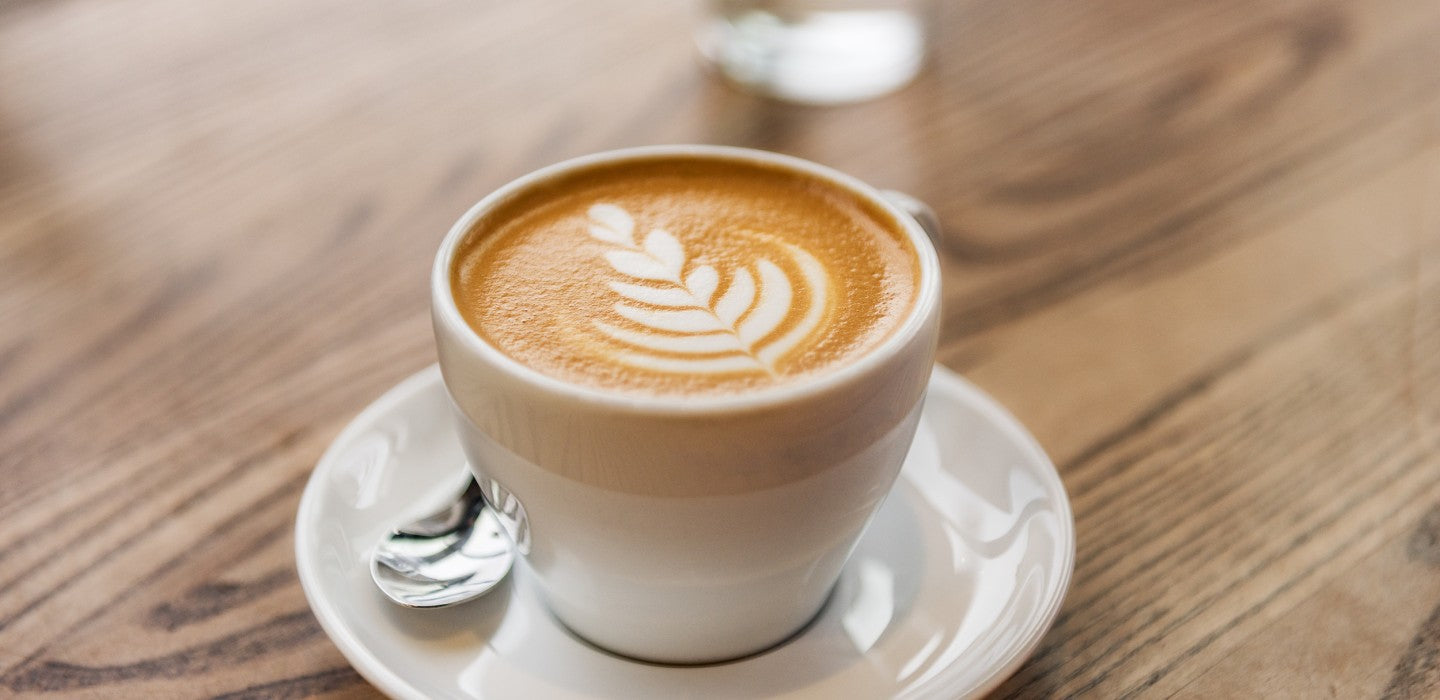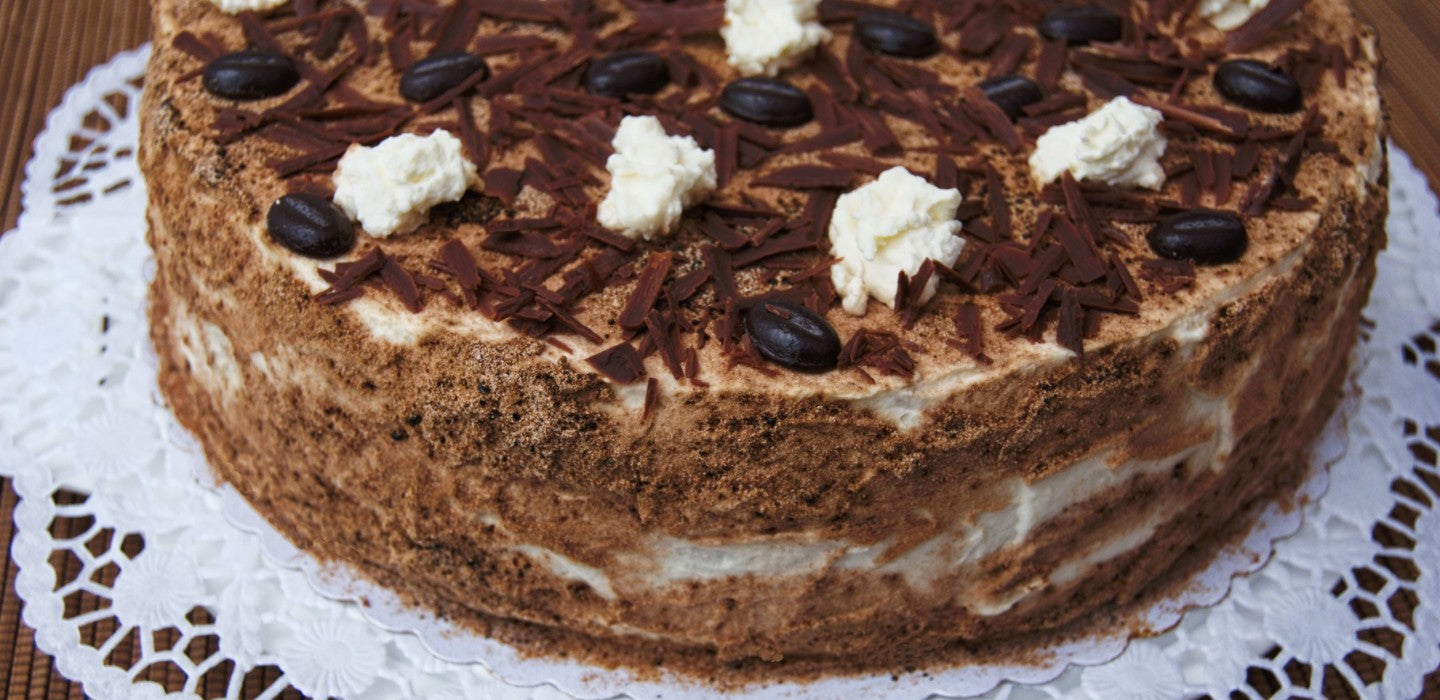A Comprehensive Guide to the Distinctions Between Cappuccino and Latte Macchiato
The realm of coffee is delightfully diverse, teeming with unique brews and blends that span the globe. The art of coffee-making presents a riveting canvas of varied brewing methods and blends, each captivating in its essence. Among these, the two beloved classics that unfailingly ensnare coffee lovers' attention are Cappuccino and Latte Macchiato.
However, the line distinguishing these go-to coffee-drinks often blurs, giving rise to uncertainties about their composition, preparation, and distinguishing characteristics. This article aims to dispel these ambiguities, taking readers through the intricate differences and unique aspects embedded in a Cappuccino and a Latte Macchiato.
The Cappuccino and Latte Macchiato Blueprint
Understanding the diverse composition and appearance of Cappuccino and Latte Macchiato unfurls the first layer of their distinctive allure. Despite their common denominator being espresso, milk, and milk foam, these drinks differ strikingly in the ratio of these elements and their visual presentation, bringing out their unique identities.
The Quintessentialappuccino
Revered as a harmonious blend of coffee and milk, Cappuccino treads the delicate balance between taste and texture, with its composition divided equally into three elements. One-third of this popular beverage is a rich, robust espresso – the concentrated coffee shot that forms the base of the drink. Another third is hot milk, perfectly heated to bring out the delicate sweetness innate to milk. The last layer comprises delicately frothed milk foam, adding a cloud-like, creamy texture to the Cappuccino.
The harmonious amalgamation of these three components lends the cappuccino its velvety, balanced flavor that is simultaneously robust, creamy, and foamy.
Moreover, the choice of coffee beans influences the Cappuccino's flavor profiles. A blend would involve the amalgamation of Arabica and Robusta beans, with Arabica proffering smooth and slightly sweet undertones, and Robusta imparting a bold, bitter flavor with a hint of chocolate.
Layered Perfection of Latte Macchiato
Latte Macchiato, translated loosely as 'stained milk,' is predominantly milky, accented with a touch of that 'taints' or 'stains' the milk. Visually stunning with its distinctive three layers of hot milk, espresso, and milk foam, it owes its allure to its skewed milk to coffee ratio. While Cappuccino maintains equal proportions, in a Latte Macchiato, three-fourths of the drink is milk, and a quarter is espresso, making it noticeably milder in flavor.
It starts with a base layer of hot milk, which takes up approximately half of the glass. On top of this lies a thin, contrasting layer of rich espresso that tinges the milk with a coffee-stain pattern. Balancing this design is a fluffy cap of milk foam, offering the perfect finishing touch to this creamy concoction.
The Art of Preparing Cappuccino and Latte Macchiato
The fundamental difference between Cappuccino and Latte Macchiato preparation lies in the assembly of their components. Their brewing techniques are as diversified as their flavor profiles and appearance.
Crafting the Classic Cappuccino
The first step to creating a classic Cappuccino lies in brewing a shot of espresso. But, just decanting hot through finely ground coffee beans wouldn't suffice. It's the gentle precision of the process that determines the flavor extraction, bringing out the nuanced blend of sweetness, acidity, and bitterness intrinsic in the coffee beans.
Post brewing comes the process of steaming the milk. The goal is to attain milk that's hot yet not scalded, with tiny microfoam bubbles formed due to aeration. the hot milk is then transformed into milk foam. The focus is to create relatively stiffer foam bubbles, attained by letting the foam cool for a few minutes, allowing them to settle. Milks richer in fat yield superior foam, which is firm and holds its structure longer.
Once the milk and milk foam are ready, they're poured into a tall glass, with the foam forming a thin layer top of the hot milk. After this, the espresso is slowly poured into the glass. As the espresso is denser than milk foam and hotter than milk, it sinks into the milk, creating a perfect boundary between the milk and foam layers, giving the Latte Macchiato its signature tri-layered look.
Cappuccino Versus Latte Macchiato: A Flavor Showdown
Cappuccino, with its balanced espresso to milk ratio, offers the opportunity for altering its strength. By tweaking either the espresso's intensity or the espresso to milk ratio, one can customise the Cappuccino's robustness. Its flavor profile is hence characterized by a perfect harmony of strong coffee flavors mellowed by the delicate sweetness and creaminess of milk.
Conversely,te Macchiato, with its high milk content and smaller espresso ratio, has a notably milder and smoother flavor profile. The milk dominates the taste, with the small quantity of espresso providing just a hint of coffee flavor. With its lower caffeine content, it’s a perfect choice for a relaxing evening brew.
For anyone eager to elevate the flavor further, both drinks offer room for customization.oppings of flavored syrups, caramel, or cocoa powder can be sprinkled on the milk foam. The addition of such elements can lend a hint of added sweetness and aroma, heightening the drink's overall sensory experience.
Nutritional Investigation: The Calorie Count in Cappuccino and Latte Macchiato
A factor that often surfaces during the Cappuccino versus Latte Macchiato debate is their differing calorie count, derived largely from the varying quantities of milk used.
In a Cappuccino, owing to balanced proportions of espresso and milk, the drink averages around 50 calories per cup. On the other hand, a Latte Macchiato, with its higher milk and milk foam content, carries a minimum of 130 calories. This figure can increase up to 200 calories depending on the richness i.e., fat content of the milk used for the milk foam. However, limited to one glass a day, the caloric intake from a Latte Macchiato is relatively insignificant. However, consumption of multiple glasses may necessitate closer attention to one's calorie consumption tally.
Wrapping Up
Differentiating between a Cappuccino and a Latte Macchiato, beyond their outward appearance, involves delving into their intriguing symphony of elements – the espresso, the milk, the foam, the flavor profiles, and even the cup it's served in. Their juxtaposition underscores the versatility that coffee offers, and how these variations lead to the creation of beverages that, while preserving the soul of coffee, offer unique taste experiences. Whether a stronger, balanced Cappuccino or a mild, creamy Latte Macchiato, each has its charm, captivating coffee aficionados with their distinctive allure.



Leave a comment
This site is protected by hCaptcha and the hCaptcha Privacy Policy and Terms of Service apply.